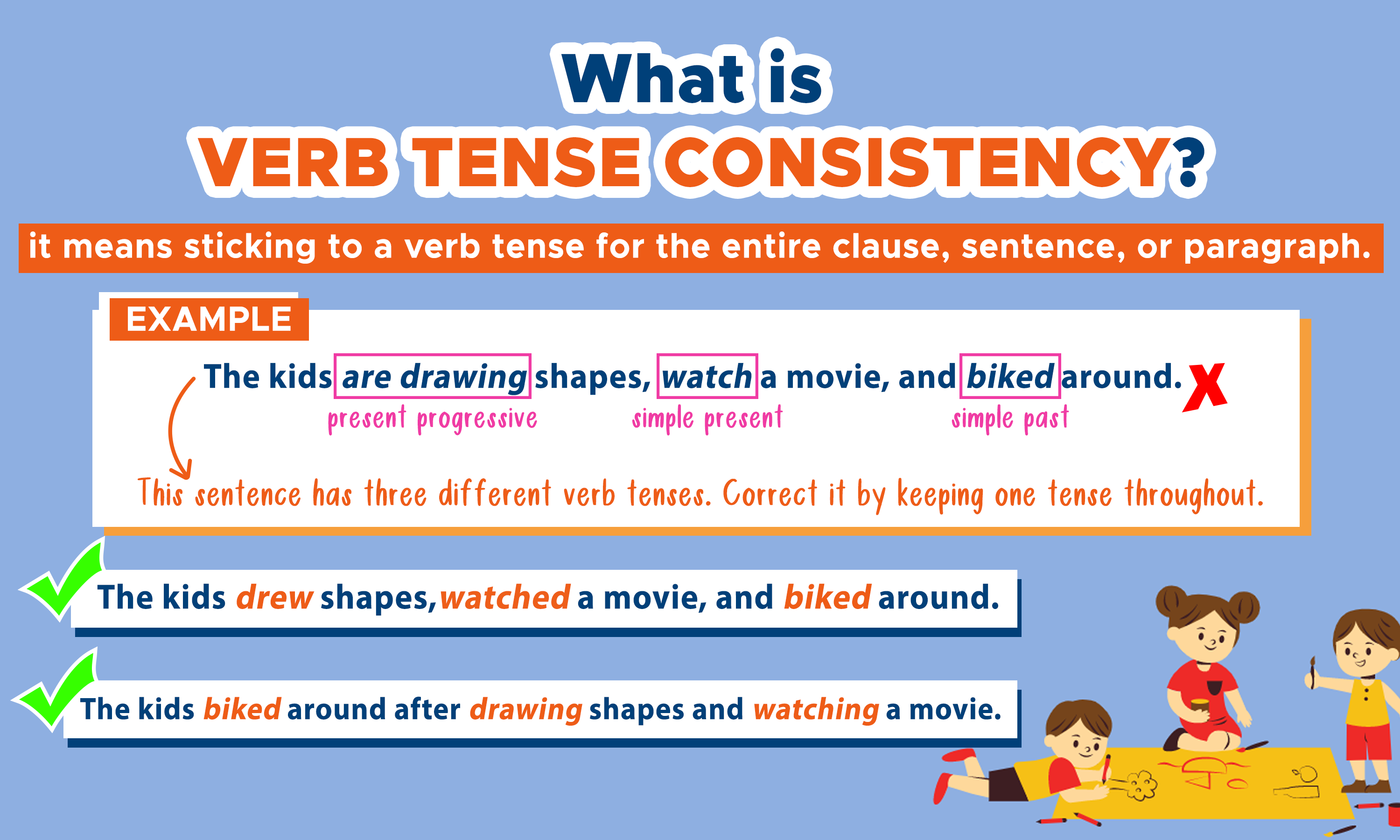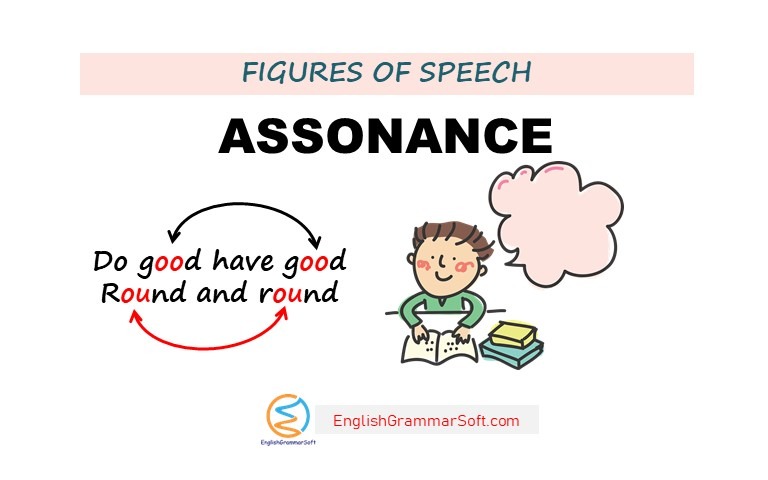Quarter 4, Week 4 – Tense Consistency
-----------------------------------------------------------------------------------------------------------
-----------------------------------------------------------------------------------------------------------
Stephen King (Born September 21, 1947)
-Stephen Edwin King (born September 21, 1947) is an American author of horror, supernatural fiction, suspense, crime, science-fiction, and fantasy novels. Described as the "King of Horror", a play on his surname and a reference to his high standing in pop culture,[2] his books have sold more than 350 million copies,[3] and many have been adapted into films, television series, miniseries, and comic books. King has published 64 novels, including seven under the pen name Richard Bachman, and five non-fiction books.[4] He has also written approximately 200 short stories, most of which have been published in book collections.[5][6]
-----------------------------------------------------------------------------------------------------------
Figure of speech in focus
-Assonance is a literary device in which the repetition of similar vowel sounds takes place in two or more words in proximity to each other within a line of poetry or prose.
Example: Son of a gun
-----------------------------------------------------------------------------------------------------------
-----------------------------------------------------------------------------------------------------------
Tenses of Verbs
-The present tense and the base form of a verb are the same, except for the third person singular (he, she, or it), which adds –s or –es. The verb be is also an exception to this rule. It may express an action that is repeated or ongoing. It can also express an action that is happening right now or a situation that is always true.
-The past tense expresses an action that has already occurred. In regular verbs, the past tenses is formed by adding –ed or –d to the base form. In irregular verbs, the past tense takes a variety of forms. The verb be uses two past tense forms – was and were
-The future tense expresses an action that will take place in the future. The future tense formed by adding will to the base form.
-----------------------------------------------------------------------------------------------------------







Comments
Post a Comment